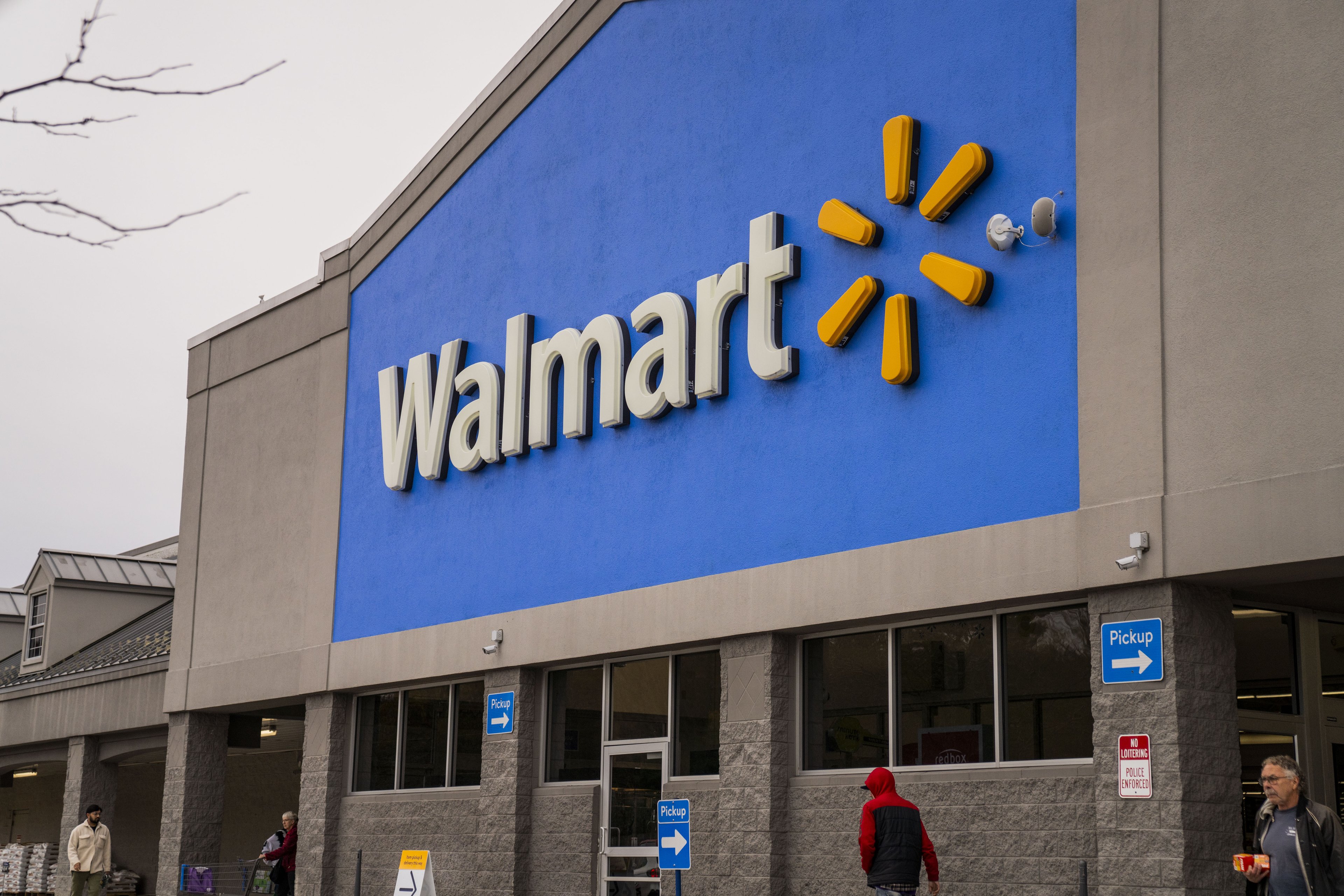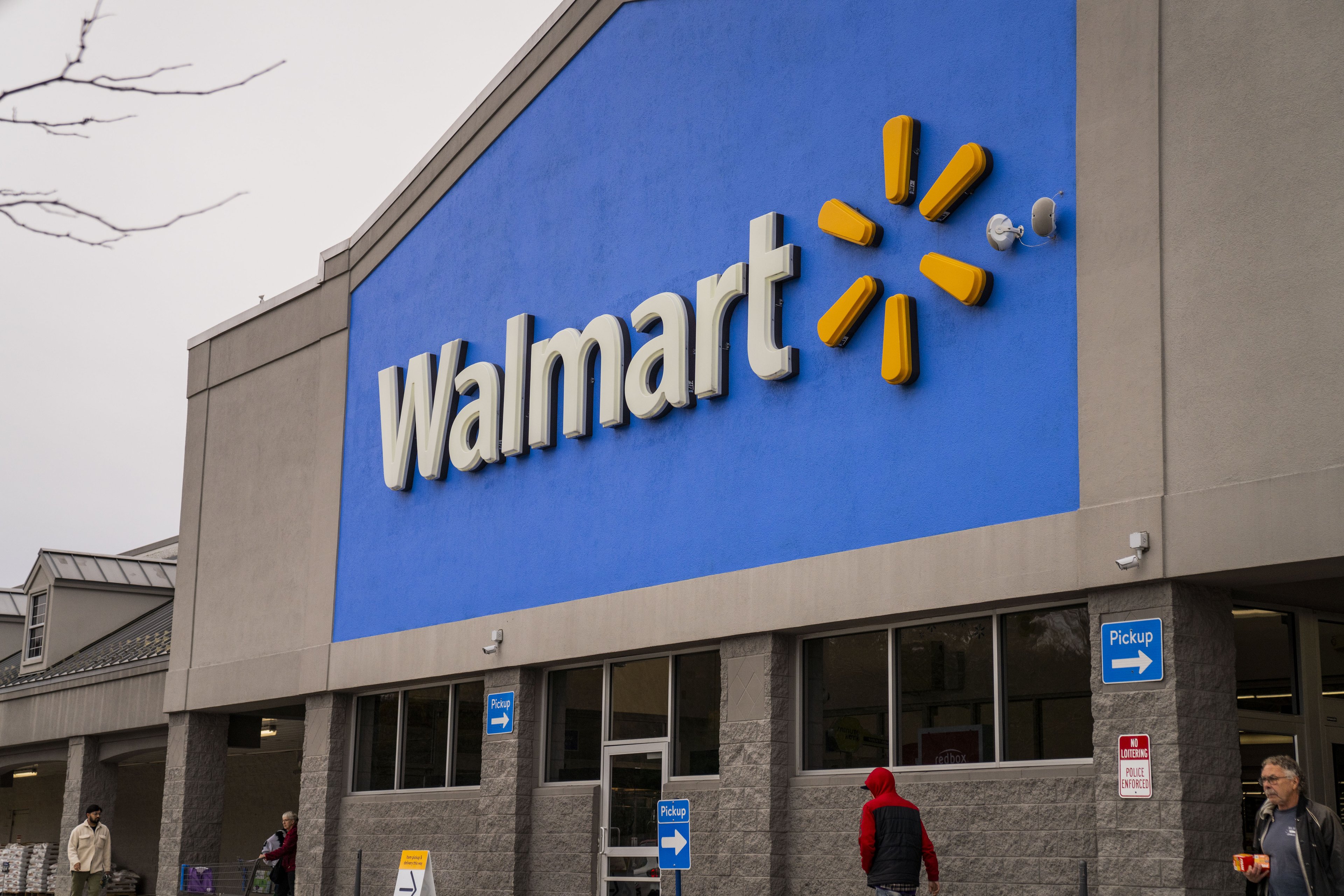Image Source: Wal-Mart.
If Wal-Mart (WMT +0.64%) stands any chance of going head to head with Amazon (AMZN +0.10%), it'll have to use its physical store locations to its advantage. To that end, the company is streamlining its management team to align its e-commerce and brick-and-mortar operations. The retailer will now have one technology officer -- Jeremy King -- for both its online and physical stores. Likewise, Tony Rogers will oversee marketing for both Walmart.com and Jet.com, in addition to U.S. Wal-Mart stores.
The move to unify management across efforts could help Wal-Mart make some inroads against its online competition. While Wal-Mart is the second largest online commerce site in the U.S., it still trails Amazon by a wide margin. What's more, that gulf is getting bigger as Amazon's growth continues to outpace Wal-Mart's.
Reshaping e-commerce
"We're on a mission to reshape e-commerce and create a best-in-class shopping experience that empowers customers to save money in completely new ways," Marc Lore, head of Wal-Mart's digital operations, wrote in a memo. Lore's previous job as head of Jet.com started on that mission with its unique "buy more, save more" value proposition. With Wal-Mart's massive supply chain, he's in a strong position to continue that mission.
Wal-Mart has over 4,600 stores in the U.S., 3,500 of which are 100,000 sq. ft. grocery-stocked Supercenters. Dedicating more resources in its brick-and-mortar locations to online shoppers will be the key to providing a better online shopping experience. The management shakeup is designed to facilitate such moves.
That means more than simply improving Wal-Mart's online order and pickup service (which really needs improvement in my personal experience). It's also more than Wal-Mart's efforts to expand its online grocery ordering service, which has faced off against Amazon's recent efforts to attract grocery shoppers.
Wal-Mart's stores serve as a robust fulfillment center network, and its supply chain, which runs 24/7, is the backbone. Using those resources to fulfill online orders faster could give Wal-Mart a customer experience on the level of Amazon. But that means focusing more on online shoppers, whether that means increasing stockroom space, personnel, or even floor space.
Becoming Amazon before Amazon becomes Wal-Mart
As Wal-Mart integrates Jet.com and dedicates more resources to its e-commerce platform, Amazon is already accelerating its efforts to grab market share in some of Wal-Mart's biggest markets.
In particular, Amazon is stepping up its grocery business. While the company has been slow to roll out its Prime Fresh grocery delivery service to more markets, it recently made a splash with the unveiling of its high-tech convenience store -- Amazon Go. The store allows shoppers to check out without a clerk as it automatically charges their Amazon accounts for what they take off the shelves with the help of artificial intelligence and possibly some magic.
But Amazon Go feels more like a publicity stunt than a viable nationwide store concept. If the company can get more consumers to associate Amazon with groceries, it could accelerate the rollout of Prime Fresh to new markets.
Wal-Mart is the largest grocer in the United States, and the grocery category is extremely important for the company. Not only does it make up a majority of Wal-Mart's revenue, it supports its other categories by boosting foot traffic. If more shoppers start ordering groceries online, Wal-Mart stands to lose out on valuable sales.
That's why the company is working hard to beat Amazon to the punch. Its online grocery order service is now available in over 100 markets, while it also tests new concepts like pickup and fuel, which allow customers to pick up grocery orders and fill up on gasoline.
But as Amazon builds out more physical locations -- both consumer-facing ones like Amazon Go and its fulfillment center network -- the advantage Wal-Mart enjoys with its large network of stores shrinks. Streamlining its operations, getting more customers to shop online, and improving the experience by leveraging its locations is the most important work Wal-Mart can do right now to take on Amazon.








